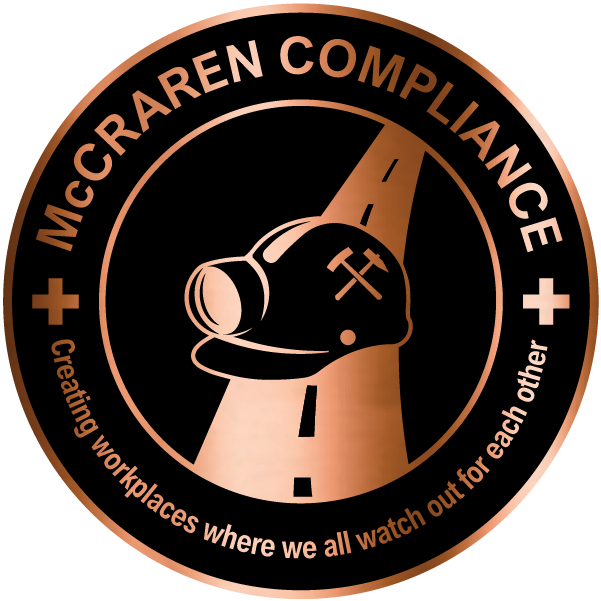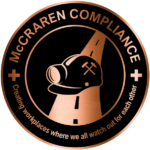What training is required for confined space authorized employees?

Responding is Ann Norgaard, RS – technical lead, GMG EnviroSafe, Chicago.
Confined spaces pose high risks, especially when entry isn’t properly controlled or procedures aren’t followed.
According to OSHA, a confined space is an area large enough for a worker to enter and perform tasks but not designed for continuous occupancy because of limited or restricted means of entry or exit. Common examples include tanks, silos, vessels and storage bins.
In some cases, these spaces may contain toxic air, engulfing materials or internal layouts that can trap or asphyxiate someone. Because of these dangers, confined space entry requires more than caution – it demands thorough, job-specific training. OSHA’s permit-required confined space standard (1910.146) sets clear expectations for employers, particularly regarding training. But what exactly is required for authorized workers to enter these spaces?
Who is an authorized employee?
An authorized employee is an individual who has permission to enter a confined space that requires a permit. Workers in this position are responsible not only for completing tasks within the space but also for recognizing hazards, following procedures and communicating with external attendants. Because confined spaces can change rapidly, proper training is critical to ensure authorized employees are prepared to act quickly and safely.
What training does OSHA require?
According to 1910.146(g)(1), employers must ensure authorized employees have “the understanding, knowledge and skills necessary” to safely perform their confined space duties. Training must be provided under specific circumstances:
- Before an employee’s first assignment involving confined space entry
- When job duties change
- When new hazards are introduced
- When there’s reason to believe that procedures aren’t being followed or understood
Training and requirements vary depending on the industry, the type of space and the specific hazards present. For this reason, training must be tailored to the work environment and focus on equipping workers with critical thinking skills. Even when no immediate hazards are detected, employees must be able to recognize the potential for inherent risks.
Learning how to check the area carefully, spot dangers and know what to do is the primary goal of effective training. In each scenario, the goal isn’t just awareness – it’s to show competency.
Retraining must occur as needed to keep employees current, confident and capable of safely entering and working in permit-required confined spaces.
Training records matter
Employers are required to demonstrate that training has been completed. Documentation must include the employee’s name, the trainer’s signature or initials, and the date of training. Good recordkeeping ensures compliance and provides accountability during incidents or audits.
Confined space work can pose serious risks, but proper training can save lives. OSHA’s requirements are designed to protect authorized employees and ensure they have the knowledge and readiness to do their jobs safely. Employers who go beyond compliance and prioritize continuous training create safer workplaces.
McCraren Compliance offers many opportunities in safety training to help circumvent accidents. Please take a moment to visit our calendar of classes to see what we can do to help your safety measures from training to consulting.
Original article published by Safety+Health an NSC publication


